Hello loyal readers and followers-
Yesterday, Monday Aug 27 I had my monthly Dr appointment and Darzalex infusion. We discussed my IGA trending upward, but not a huge amount each month. I also mentioned my crazy, excruciating left side, lower back, butt and leg pain I get at night when trying to relax in a chair or the couch, but especially in bed. So WEIRD! It's the most intense, deep, radiating type pain ever. Since I didn't have a lot of "intense" pain earlier on, all this deep pain I've encountered in the last year or so, is maddening, especially when trying to relax or sleep!! I alternate Advil and Tylenol, with Flexeril and gobs of Bengay. I stretch, pound my leg, bend, reposition, walk, "bicycle in place" and even lay perfectly still, deep breathing, trying to mentally will it away. Eventually I fall asleep and "magically" it's gone in the morning, and I don't have it again until the next night. So WEIRD. Thankfully on Steroid days, Dex's anti inflammatory properties attacks and suppresses that awfulness and all my other crazy bone, muscle, nerve, etc side effects, for about 24-36 hours. From what I'm reading, I think it's the higher dose of Pomalyst or maybe it's the residual Zometa in my system from July? I think I read that Zometa has a long "half life".
So I told my Dr I'd like to reduce the Pomalyst 3mg back to alternating 3mg with 2mg which I was doing since I began Darzalex, March 2017. I don't recall having this monstrous, indescribable pain prior to increasing Pom and enduring my CRAZY Zometa experience (see my July posts for those torrid details).So we'll see, as I begin Pom later this week, as thankfully I'm now on my 7 day Pomalyst break until Sunday. My Dr also ordered an MRI for me to follow up on my Pet CT Scan, to see what's going on with all my unbearable pain. Could this be the horrific bone pain most Myeloma patients mention? Or is this pinched nerves, muscle pain related to lytic lesion tumors, pinching or pressing on these areas? Or Sciatica? Ugh, who knows... but I do know, my tolerance and patience for side effects is waning after 9 years...
Yes, not a great idea to reduce dosage when my IGA continues to climb, but for me "quality of life" and less pain is more important to me than anything else.
I also asked my Dr about whether I should consider another SCT or Car-T, and she was surprised I asked, as in the past I was "No Way"... not suffering like that again... She did indicate that if was condsidering those options, now would be the time to do it, as my cancer levels aren't extreme, at this time... When I was originally Dx and prepped for my first SCT, my IGA was over 5700, M Protein was 4.3 and my first BMB showed 70% myeloma cancerous plasma cells. Hmmmm something to think about, but I want to see how my retro Darzalex plan works first. And I would probably want to experiment with all the myeloma treatments I haven't yet tried, or any of the new ones currently being approved... who knows... will cross that rickety bridge when I come to it...
So here's my life in statistics and pictures for you :))



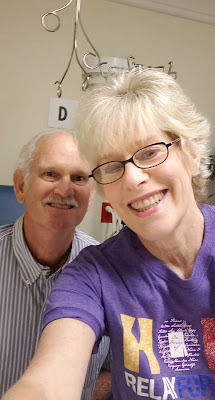
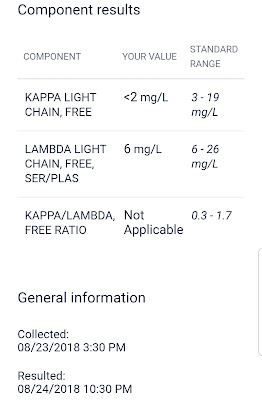

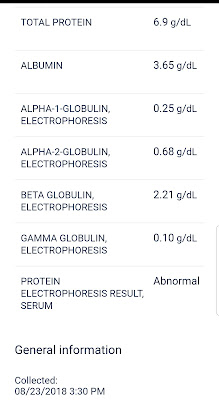
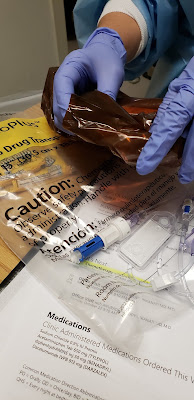

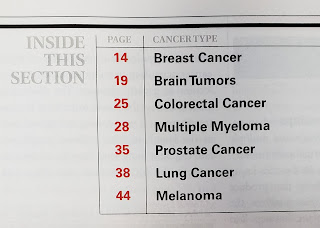

No comments:
Post a Comment